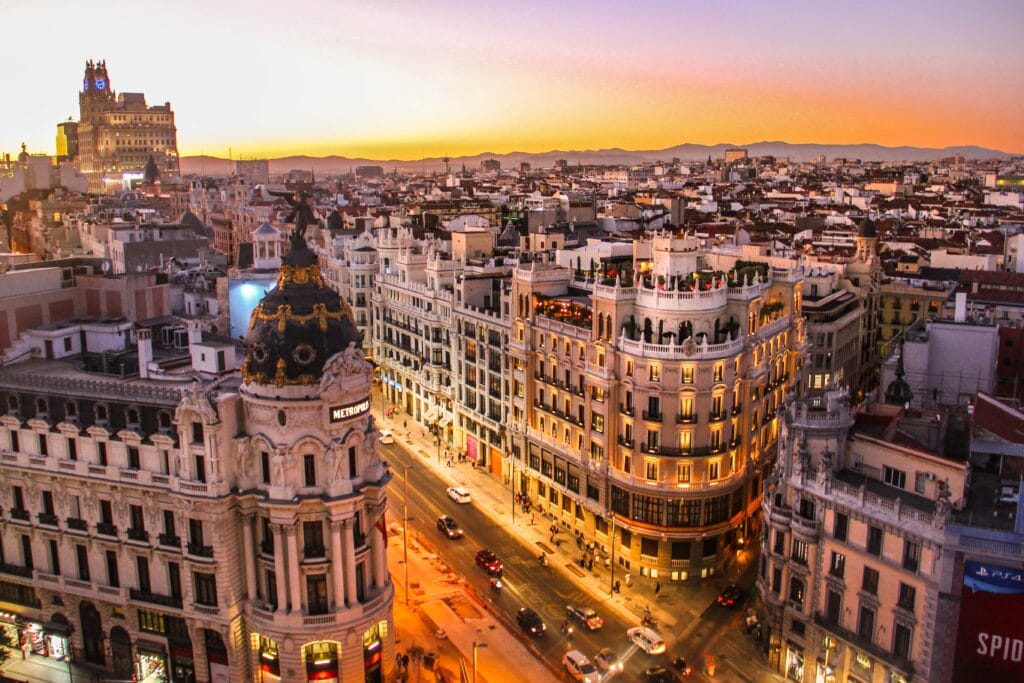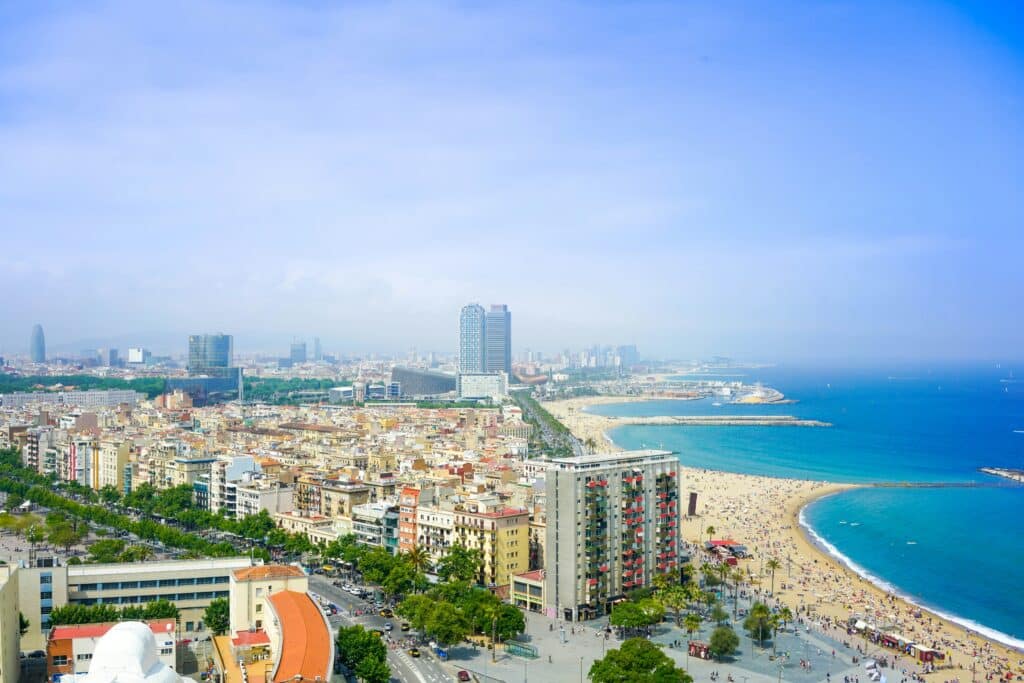
Managing your budget is often a major concern when settling abroad. But what about the cost of living in Spain? The cost of living here varies significantly depending on your lifestyle, location, and spending habits. By researching and planning carefully, you can make the most of your budget while enjoying all that Spain has to offer. So, let’s explore the key expenses you’ll need to consider. When you decide to move to Spain from UK, it’s essential to factor in housing costs, utilities, and transportation, which can vary greatly between cities. Additionally, healthcare and education expenses should also be taken into account, especially if you are moving with family. By understanding these costs, you can create a financial plan that ensures a smooth transition into your new life in Spain.
Housing
The amount you’ll pay for rent each month depends on factors such as property size, proximity to public transport, and amenities. Location is also a major determinant. According to research by property portal Idealista, the most expensive rental markets in 2021 were San Sebastian, Madrid, and Barcelona. Average rents in these cities were approximately €15 per square metre. For example, a 45-square-metre studio flat in Madrid would typically cost around €675 per month.
Rental prices in other areas tend to be more affordable. San Bartolomé de Tirajana (Gran Canaria) and Calvia (Majorca) were found to average €13.70 and €13.30 per square metre respectively, reflecting their appeal as holiday hotspots rather than professional or student hubs. These figures represent averages and might have shifted due to changes in the rental market. To find up-to-date listings, platforms such as Idealista and Fotocasa are worth exploring. You may even find properties priced below the average, even in pricier cities like Madrid and Barcelona.
Send and Receive Money Internationally in the UK with Remitly.
Get started with our free mobile app.
Download
Transport
Spain has an efficient public transport network, making travel in cities relatively straightforward. Madrid’s system includes buses, metro services, and suburban trains. Monthly travel passes for central Madrid (‘Zona A’) cost €54.60, while an annual pass is available for €546. Discounted rates are offered to those under 26 or over 65. In Barcelona, a monthly ticket covering Zone 1 (the city centre) costs €40. Similar concessions apply for students, seniors, and others eligible for discounts. Public transport is generally cheaper in smaller cities, though services may not be as comprehensive.

Lifestyle Costs
Groceries
Grocery expenses vary by region and individual preferences. According to Spain’s National Statistics Institute, average monthly grocery spending is €155 in Madrid and €163 in Barcelona. Major supermarket chains like Mercadona, Carrefour, and Lidl offer affordable prices. For instance, Carrefour currently sells a 1.2 kg pack of chicken breasts for around €5.87 and a loaf of sliced bread for €0.99. These chains often provide promotions, helping you stretch your budget further.
Clothing
Spanish residents spent just over €400 per person on clothing in 2021, a 30% drop from pre-pandemic levels. Whether you prefer budget-friendly retailers or high-end fashion, Spain’s shops cater to a wide range of tastes and budgets.
Fitness
Some gym chains offer memberships starting from €14.99 per month, providing access to a gym.
Medical Costs
Public healthcare is free for workers contributing to Spain’s social security system and their families. This covers GP visits, specialist care, and hospital treatments. For those ineligible or seeking quicker access, private health insurance is available. Prices start at around €35 per month but can exceed €100 depending on coverage.
Utility Bills
The cost of utilities, including electricity and gas, varies widely. A typical one-bedroom flat might incur bills of around €100 per month, though recent spikes in energy prices have caused fluctuations. It’s wise to compare tariffs using sites like Comparaiso to secure the best deal. Broadband packages often start at €20 per month, with options for added services such as TV subscriptions. Common providers include Movistar, Vodafone, and Orange.

Entertainment and Socialising
Dining Out
Spain’s dining scene offers options for every budget. A menu del día (set lunch menu) often costs between €12 and €15, including drinks. For a three-course dinner at a mid-range restaurant, expect to pay around €50 per person, excluding wine.
Cinema
Cinema tickets generally cost around €9 to €10, with discounts for students, children, and seniors.
Drinks
Enjoying a pint of domestic beer in a bar will typically set you back €2.50, though prices may be higher in major cities or tourist hotspots.
Median Salaries
In 2022, Spain raised its national minimum wage to €1,080 per month (14 payments annually, including bonuses). The median salary, according to Salary Explorer, is €2,710 per month. This means half of the workforce earns less than this figure, and half earns more.

FAQ: Cost of Living in Spain
How much does housing cost in Spain?
Housing costs depend on factors like location, property size, and amenities. For example, renting a 45-square-metre studio flat in Madrid costs around €675 per month on average. Smaller towns and rural areas tend to be more affordable. Use property sites like Idealista or Fotocasa to explore current rental prices.
Is public transport in Spain expensive?
No, Spain’s public transport is reasonably priced. A monthly travel pass for central Madrid costs €54.60, while a similar pass in Barcelona is €40. Smaller cities often have lower rates. Discounts are available for under-26s and over-65s.
Is healthcare free in Spain?
Public healthcare is free for workers contributing to Spain’s social security system. If you’re ineligible, or you prefer quicker access and more extensive coverage (e.g., dental care), private health insurance is available starting at €35 per month.
How high are utility bills in Spain?
Utility costs vary depending on property size, usage, and location. A one-bedroom apartment typically incurs around €100 per month in utility bills, but energy prices have fluctuated recently. Broadband packages start at approximately €20 per month.
